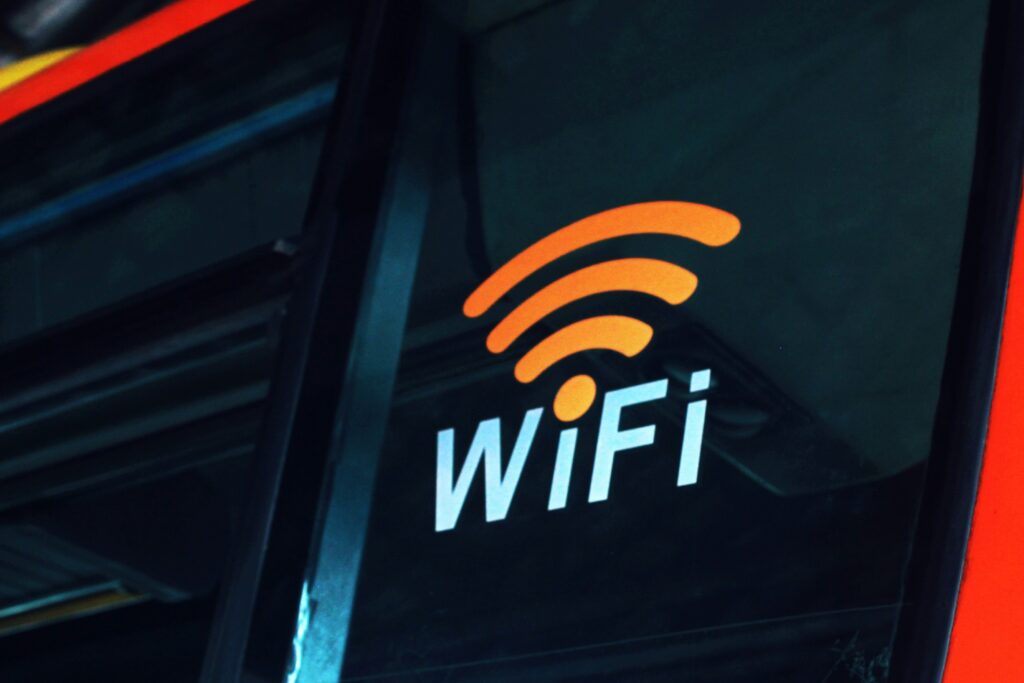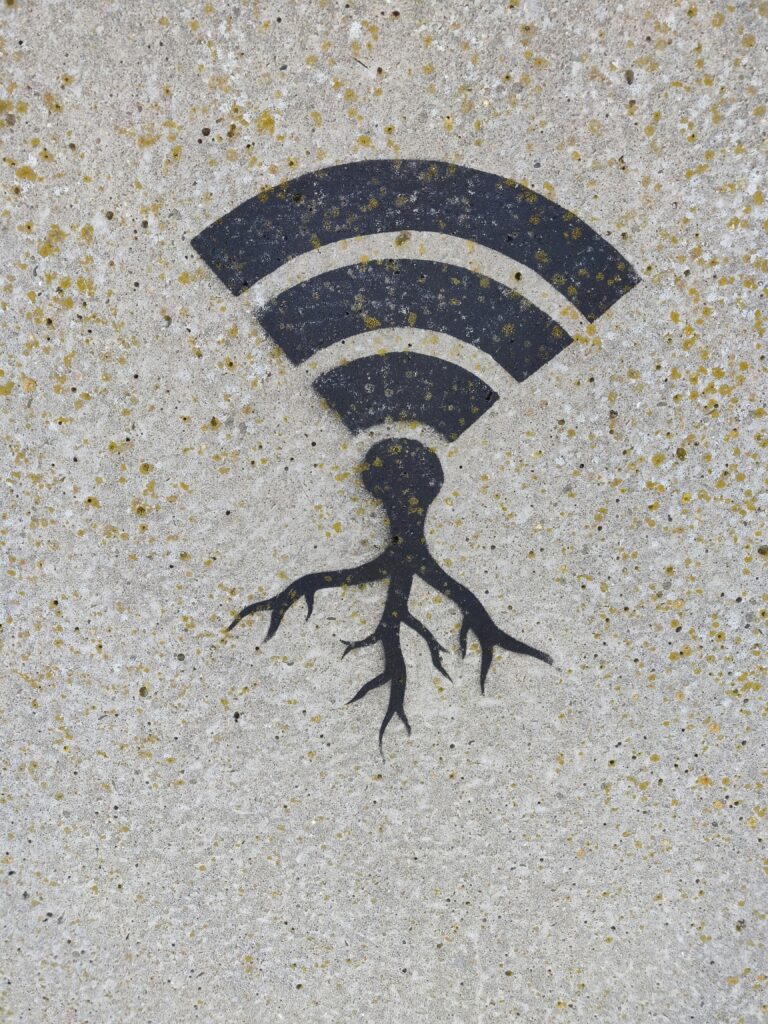
As of 2025, over 5.56 billion people are active internet users, proof of how deeply the internet shapes our world. With rising demands for speed, security, and global access, the shift to next-generation WiFi and internet technologies is no longer optional; it’s inevitable.
Internet usage hasn’t just doubled, it has tripled in recent years, driven by the explosive growth of wireless technologies like WiFi 6, IoT, and 5 G.
Now it is not just about communication or connecting with people and getting information sources worldwide, it has secured the top spot in the business world too.
Medium and large businesses need to keep up to make sure their communication stays smooth, their connections stay strong, and their work gets done more efficiently.
And what changes will 2025 bring? Let’s delve into the topic and look at how the next-gen internet will shape our future.
What Is Next-Gen Internet – Key Features & Technologies

The current internet, which we are using, raises big concerns about privacy, data protection, and users having more control over their online lives.
So, there is a need to redesign the Internet to be better, safer, and more focused on people’s needs and rights.
The Next Generation Internet is all about this: a new Internet that will be open, secure, private, inclusive, and give users more freedom and choice. It will support the use of open-source technologies, which will:
- Fix current problems (speed, security, scalability, etc.)
- Create better systems using new technologies (cloud networking, network virtualization)
- Move away from old models like client-server networking
- Build entirely new architectures
- Focus not just on technology but also on business, social, and environmental needs
The Future of WiFi in 2025 and Beyond

Global connectivity or 5G convergence, let’s look at the future of WIfi.
- Wi-Fi and 5G Convergence
Just imagine yourself in a smart city, if you move from your office with a Wi-Fi connection to your street near your car using 5G, you will not lose connection. Here’s what the future is holding for you.
Technologies such as OpenRoaming and Passpoint facilitate secure and seamless automatic connections between Wi-Fi and cellular networks..
5G will also enable virtual reality (VR) and online gaming to work better with Wi-Fi.
In the future, 6G will bring even faster communication using new types of signals. Wi-Fi will mainly be used in busy places like offices, while 5G/6G will be used for bigger things like smart cities and self-driving cars that need strong, constant internet.
- Connections Everywhere
As smartphones became common, more and more everyday devices also became “smart” and connected to the Internet, yeah, exactly the Internet of Things (IoT).
Now, thanks to Wi-Fi and small, low-power chips, things like home appliances and factory sensors can easily connect to the cloud to share data, be monitored remotely, and be controlled.
Wi-Fi is no longer just a way to access the Internet, it’s helping new kinds of smart applications work. A good example is in factories and warehouses, where strong and reliable internet is very important.
There, robots called Autonomous Mobile Robots (AMRs) send heavy computing tasks to edge or cloud servers to work faster and save money. These robots can also share 3D maps of the areas they move in, helping them and other machines work together better and improve safety and operations.
- Global Connectivity
The foundational work for Wi-Fi began in the late 1980s, leading to the release of the first official standard, IEEE 802.11, in 1997.
And why was it started? To create a new way to use certain radio bands without a license, offering speeds up to 2 Mbit/s.
But with the passage of time, improvements were made, like better signal processing and using multiple antennas that made Wi-Fi even faster and stronger.
As 2007 came, when smartphones became popular, Wi-Fi use grew even more because billions of devices needed it to connect to the internet. Now, more people have started using their phones for HD video, video calls, and cloud gaming, so Wi-Fi has to keep getting better, offering faster speeds, less delay, and more reliable connections.
Starting from 2 Mbit/s. Based on current technological trends, broadband speeds could potentially reach 1 Tbps, though this remains an ambitious goal.
Conclusion
As we move further into 2025, next-gen WiFi is redefining how we connect, work, and live.
With faster speeds, lower latency, and smarter networks, the future of the internet is not just about staying online, it’s about unlocking new possibilities.
The shift to next-gen WiFi in 2025 offers more than just faster browsing, it’s the key to smarter homes, seamless work, and globally connected cities. Whether you’re a business or a casual user, now is the perfect time to future-proof your internet.
Stay ready for the future upgrade your WiFi today.

